September may feel like the beginning of the end for the garden, but in truth, it’s one of the most rewarding months to be outside with your hands in the soil. The heat of summer starts to give way to cooler evenings, and that shift in temperature opens the door to a fresh wave of planting opportunities. Whether you want to extend your harvest, prepare for fall flavors, or get a jumpstart on next spring, knowing what to plant in September can make all the difference.
This guide will walk you through the vegetables, herbs, flowers, and perennials you can plant in September. We’ll also look at regional differences, soil prep, and practical tips for success—so your September garden feels less like a scramble and more like a plan.
Why September Planting Matters
Gardening in September isn’t about squeezing in one last round before frost. It’s about taking advantage of a unique window: the soil is still warm, but the days are cooler, meaning seeds germinate quickly and plants experience less stress. This combination allows for faster establishment and, in many cases, sweeter flavors in crops like carrots and kale that thrive in the cool.
In addition, planting in September sets the stage for the next growing season. Garlic, bulbs, and perennial herbs all benefit from going into the ground now, quietly establishing roots over winter so they can burst into growth come spring.
What to Plant in September: Cool-Season Vegetables
Leafy Greens
Cool-season greens are the crown jewel of September planting. They germinate fast in warm soil, and the cooler air helps keep them tender rather than bitter.
- Spinach – Sow directly in the garden. A light frost actually makes spinach leaves taste sweeter.
- Lettuce – Loose-leaf varieties are best for quick harvests. Try successive sowing every two weeks.
- Kale – September kale can overwinter in many climates with some protection.
- Arugula – A fast-growing crop that’s perfect for salads through fall.
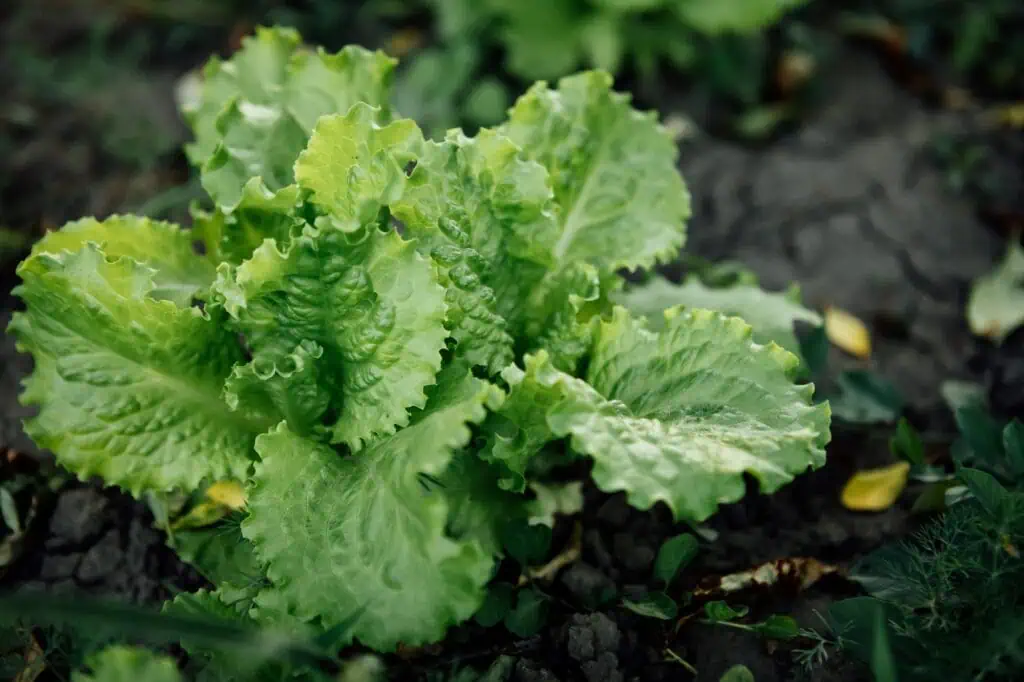
Root Vegetables
Roots planted in September often develop a crisp texture and improved flavor.
- Carrots – Best sown directly; choose quick-maturing varieties if frost is expected early.
- Beets – Can be harvested for roots or tender greens.
- Radishes – A gardener’s quick win, ready in as little as 30 days.
- Turnips – Hardy and versatile; the greens are edible too.
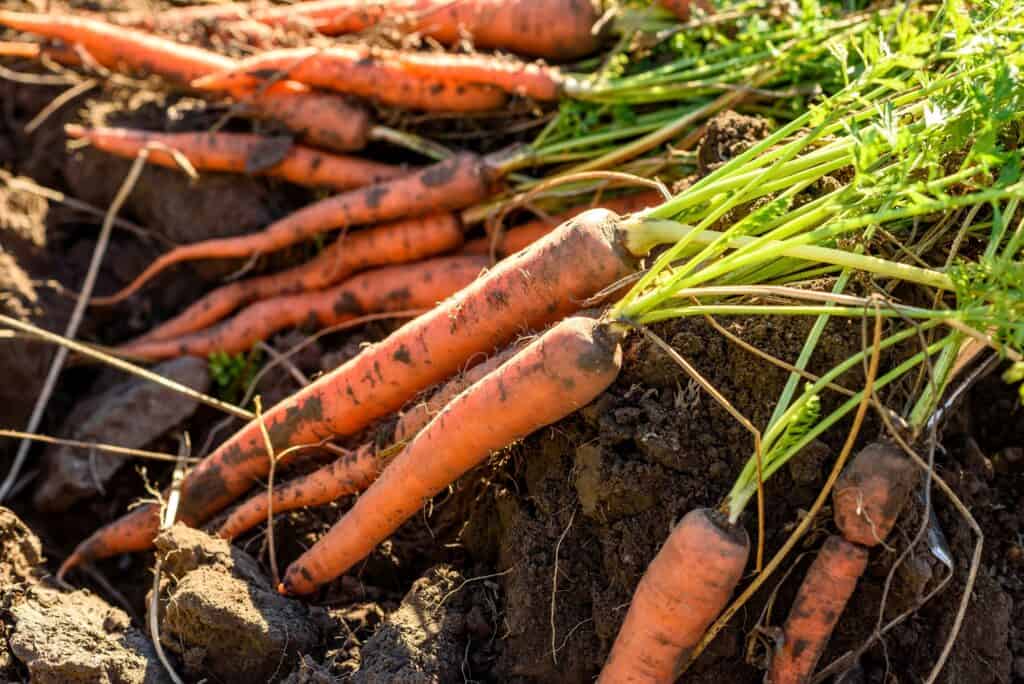
Brassicas
These hardy crops thrive in the cool of fall and often taste better after a light frost.
- Broccoli – Transplants do best in September.
- Cabbage – Look for fall varieties that mature quickly.
- Cauliflower – More temperamental but worth it if your fall is long enough.
- Brussels sprouts – Best planted earlier in the season, but transplants can still take off in September in milder regions.
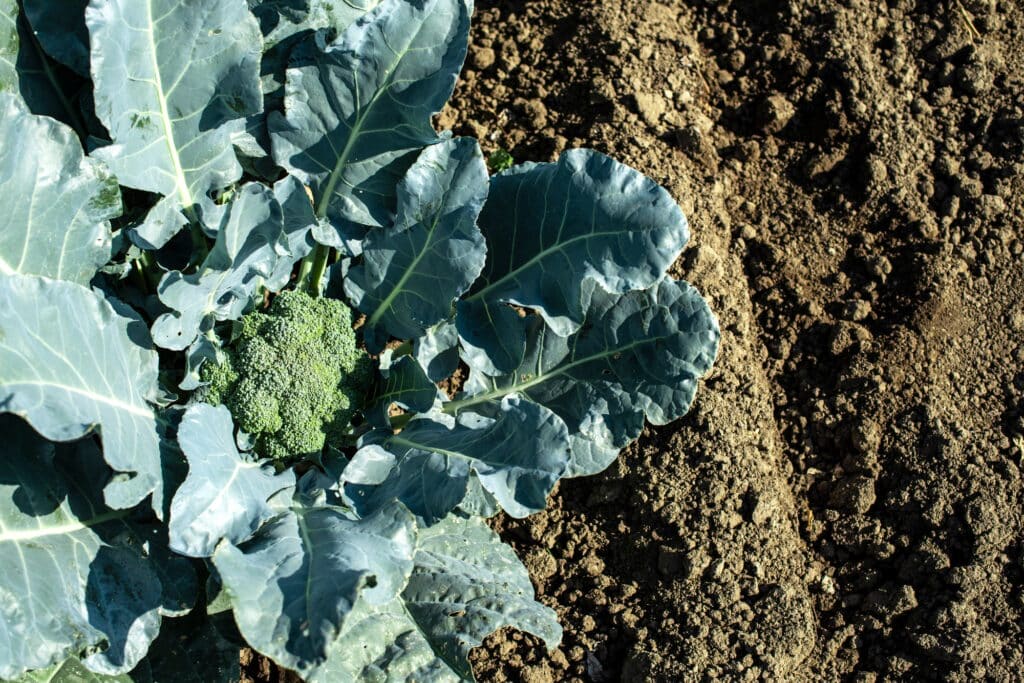
Herbs to Plant in September
Perennial Herbs
September is a good time to set out perennial herbs, giving them a chance to root before winter:
- Thyme – Hardy and low-maintenance, perfect for fall roasts.
- Chives – Easy to grow, and they’ll be one of the first greens up in spring.
- Oregano – Thrives in cooler temperatures once established.
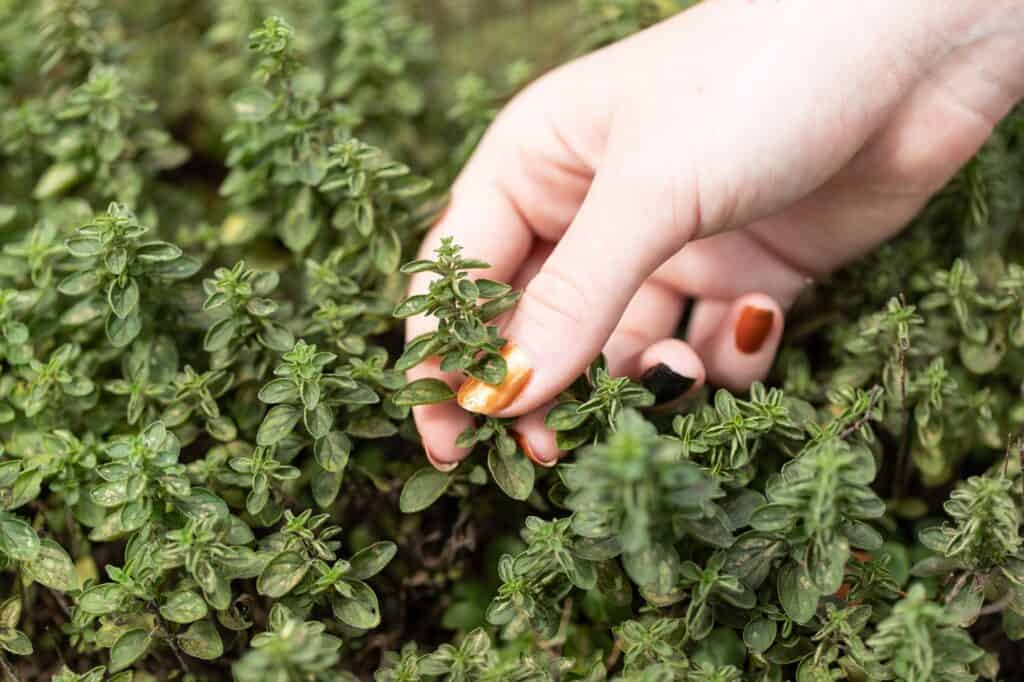
Annual Herbs
Some herbs can be grown indoors if your frost comes early:
- Cilantro – Prefers cool weather; perfect for fall planting.
- Parsley – A biennial often treated as annual, parsley sown now will overwinter in many zones.
- Dill – Quick to mature and excellent for fall pickling projects.
(Tip: For herbs, consider starting a few pots indoors. A sunny windowsill garden keeps fresh flavor within reach as the outdoor season winds down.
Flowers to Plant in September
Planting flowers now adds color to fall gardens and sets the stage for next year.
Fall Annuals
- Pansies and violas – These tolerate cooler weather and bloom through fall, even into winter in mild climates.
- Snapdragons – In warmer zones, September planting means strong spring blooms.
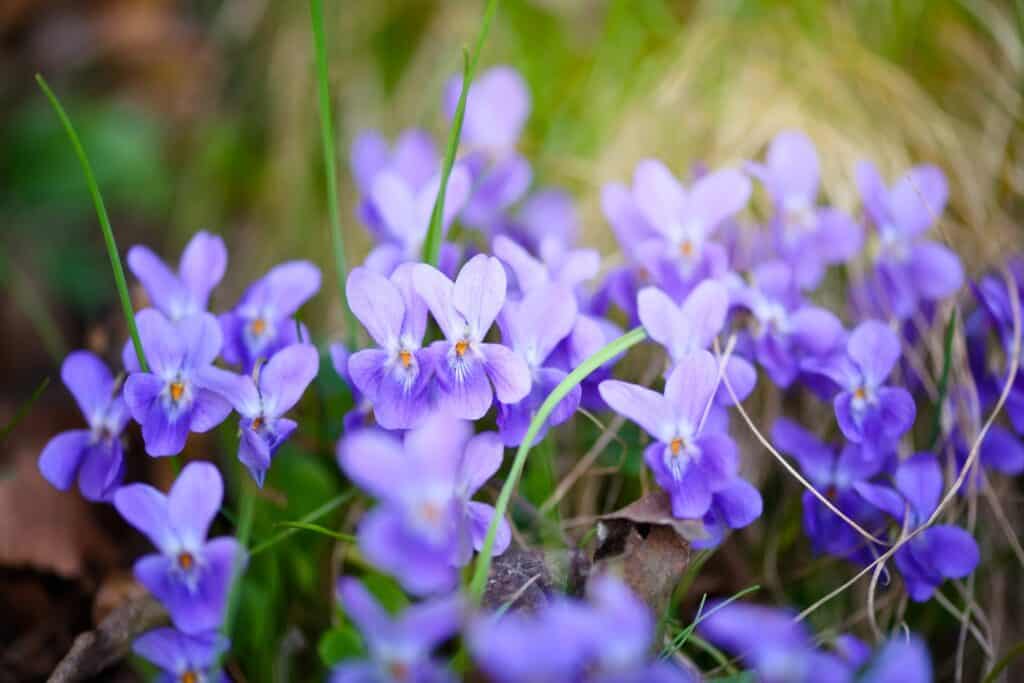
Spring Bulbs
September is prime time to plant bulbs that will bring color after winter:
- Tulips
- Daffodils
- Hyacinths
- Crocuses
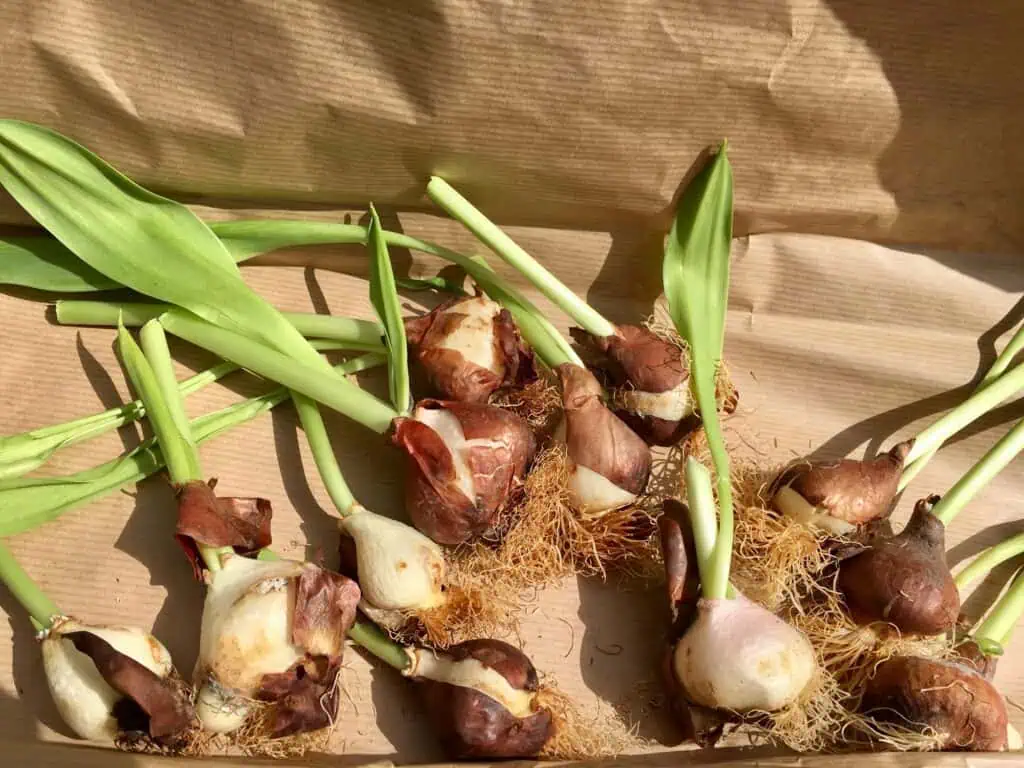
Perennials and Trees
Don’t overlook the power of September for bigger investments in your landscape.
- Fruit trees – Apple, pear, and plum trees establish well when planted in fall.
- Berry bushes – Blueberries, raspberries, and blackberries put down strong root systems in cooler months.
- Perennials like echinacea, black-eyed Susans, and hostas – Planting now ensures they’re ready to thrive next year.
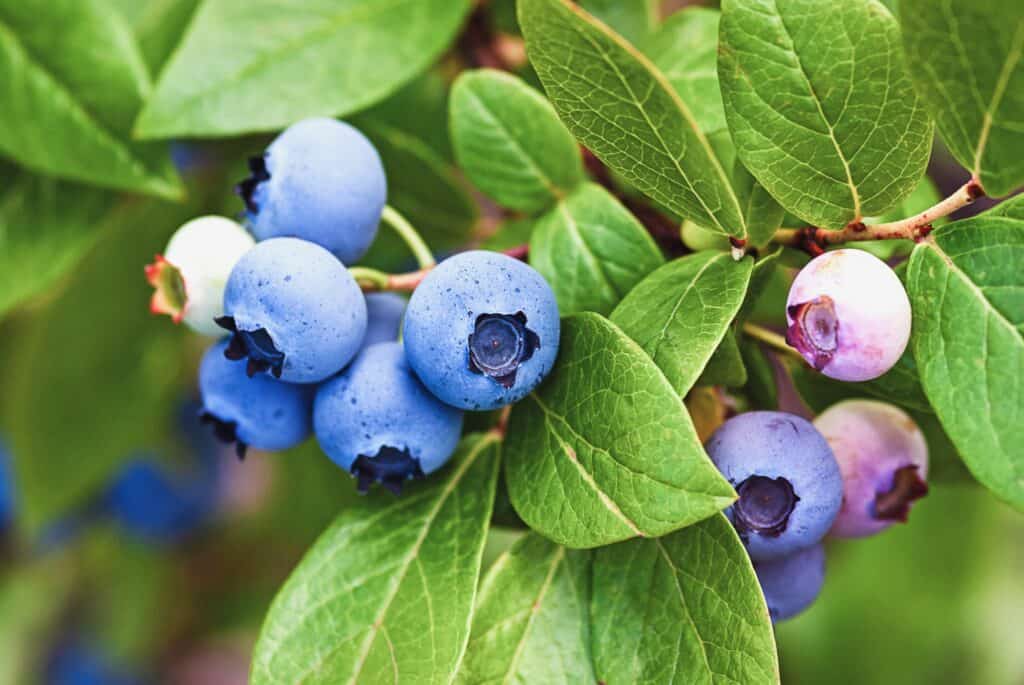
Regional Considerations
What to plant in September depends heavily on where you live.
Northern Zones (USDA 3–5)
Focus on fast-growing greens and roots. Protect with row covers or cold frames for extended harvests. Garlic and bulbs should go in before the ground freezes.
Mid Zones (USDA 6–7)
Cool-season crops thrive; you’ll have more time for brassicas and greens. Garlic, onions, and perennials can be planted with confidence.
Southern Zones (USDA 8–10)
September often marks the start of the main cool-season garden. You can grow a full range of brassicas, greens, and root vegetables. It’s also a prime time to plant citrus trees or tender perennials.
Preparing Your Garden Beds in September
Before planting, take the time to refresh your soil:
- Remove spent summer crops – Tomatoes and cucumbers may be winding down; clear them out to make room.
- Amend with compost – Adding organic matter replenishes nutrients after a heavy summer harvest.
- Mulch – A light layer of mulch helps retain moisture and stabilize soil temperature.
- Check irrigation – Cooler weather means less frequent watering, but seedlings still need consistent moisture.
Cover Crops: An Overlooked September Planting
If you’re not planting vegetables, September is an excellent time for cover crops. These green manures enrich the soil and protect against erosion.
- Clover – Adds nitrogen and improves soil structure.
- Winter rye – Suppresses weeds and prevents compaction.
- Field peas – Another nitrogen fixer, also edible when young.
By planting cover crops now, you set yourself up for healthier soil and bigger harvests next year.
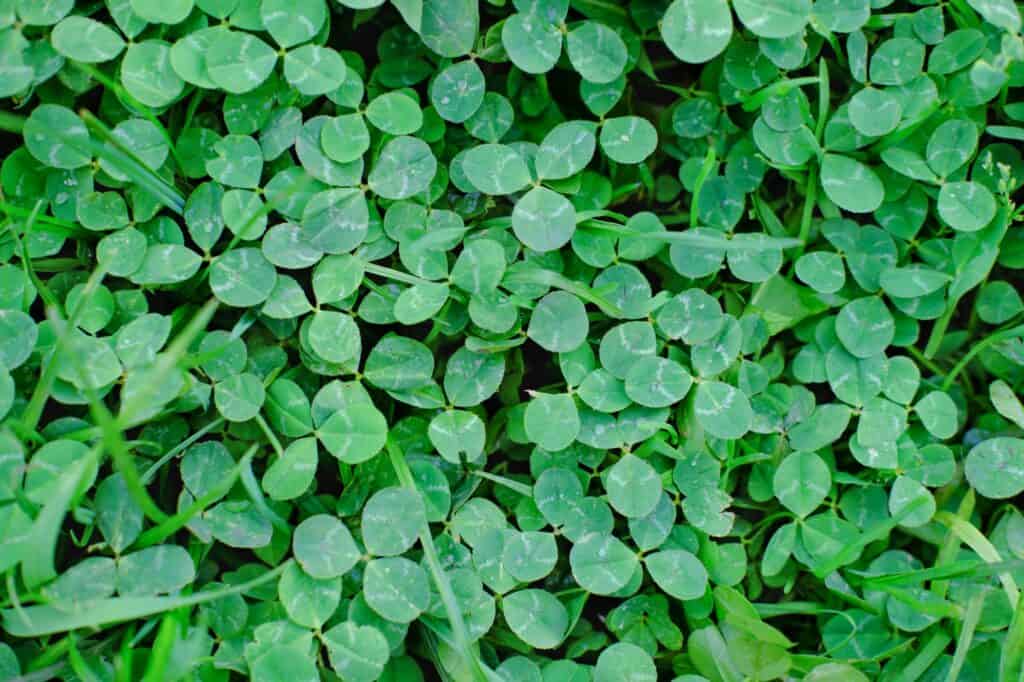
FAQs About What to Plant in September
Can you still plant vegetables in September?
Yes. Cool-season crops like spinach, lettuce, carrots, and kale thrive in September planting conditions.
What flowers are best to plant in September?
For fall blooms, try pansies and violas. For spring color, plant bulbs like tulips, daffodils, and crocuses.
Is September too late to plant herbs?
Not at all. Cilantro, parsley, and dill do well in the cool weather, and perennial herbs like thyme and chives establish strong roots before winter.
What should I not plant in September?
Avoid long-season crops like corn, melons, and tomatoes. These require heat and time that September can’t provide.
Practical Tips for September Planting
- Use row covers – These extend your growing season and protect against early frosts.
- Try succession planting – Sow small batches of greens every two weeks for a steady harvest.
- Think containers – If frost comes early, move pots indoors for an extended harvest.
- Start a garden journal – Note what works and what doesn’t so next September feels even smoother.
What to Plant in September
September is a month of quiet abundance. It’s the bridge between the lush growth of summer and the rest of fall’s slowing pace. By knowing what to plant in September, you not only extend your garden’s productivity but also root yourself in the rhythm of the seasons. The soil is still warm, the evenings are cool, and the work you do now—whether it’s sowing spinach or planting tulips—sets the tone for the months ahead.
So grab your gloves, scatter some seeds, and embrace this season of transition. Your future self (and your spring garden) will thank you.